Celebrating black and Asian life in England
- Published
During Black History Month, Historic England is launching a year-long campaign that will map a century of England's history from a black and Asian perspective.

A couple sit on the bonnet of an MG in London.
Another England aims to tell the story of the country's rich multicultural heritage from 1918 to 2018.
The project spans the period from the end of the Great War through to what will in 2018 be the 70th anniversary of the British Nationality Act.
Another England aims to draw attention to the role that Black and Asian people have played in the creation of today's multicultural society while recognising the challenges they have faced and continue to face.
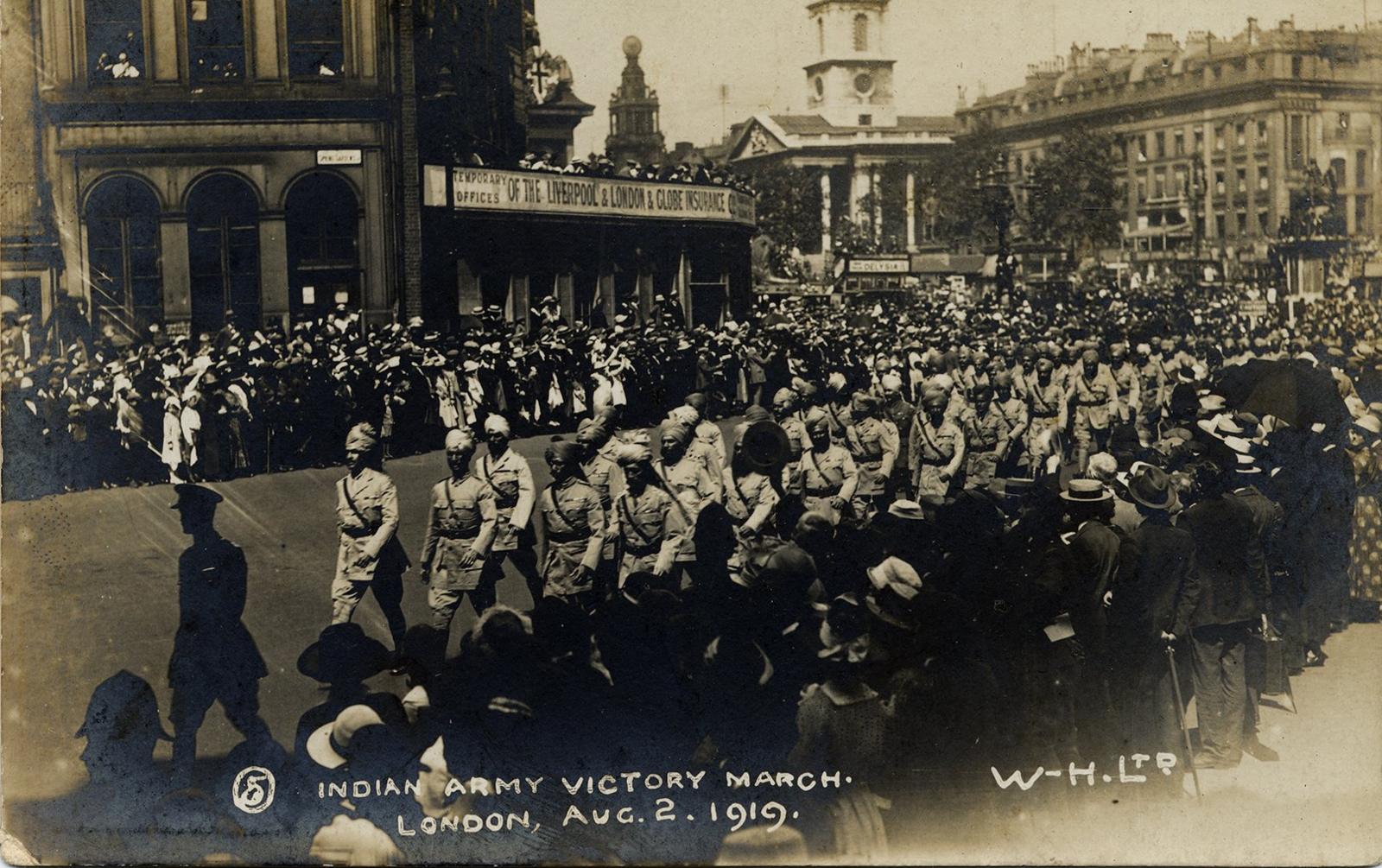
An Indian army contingent was supposed to participate in a victory parade in London on 19 July 1919 to celebrate the end of World War One, but the 1,800-strong contingent could not make it due to an outbreak of influenza on board ship on the way to England. It, instead, paraded on 2 August 1919 and marched up Whitehall en route from Waterloo to Buckingham Palace
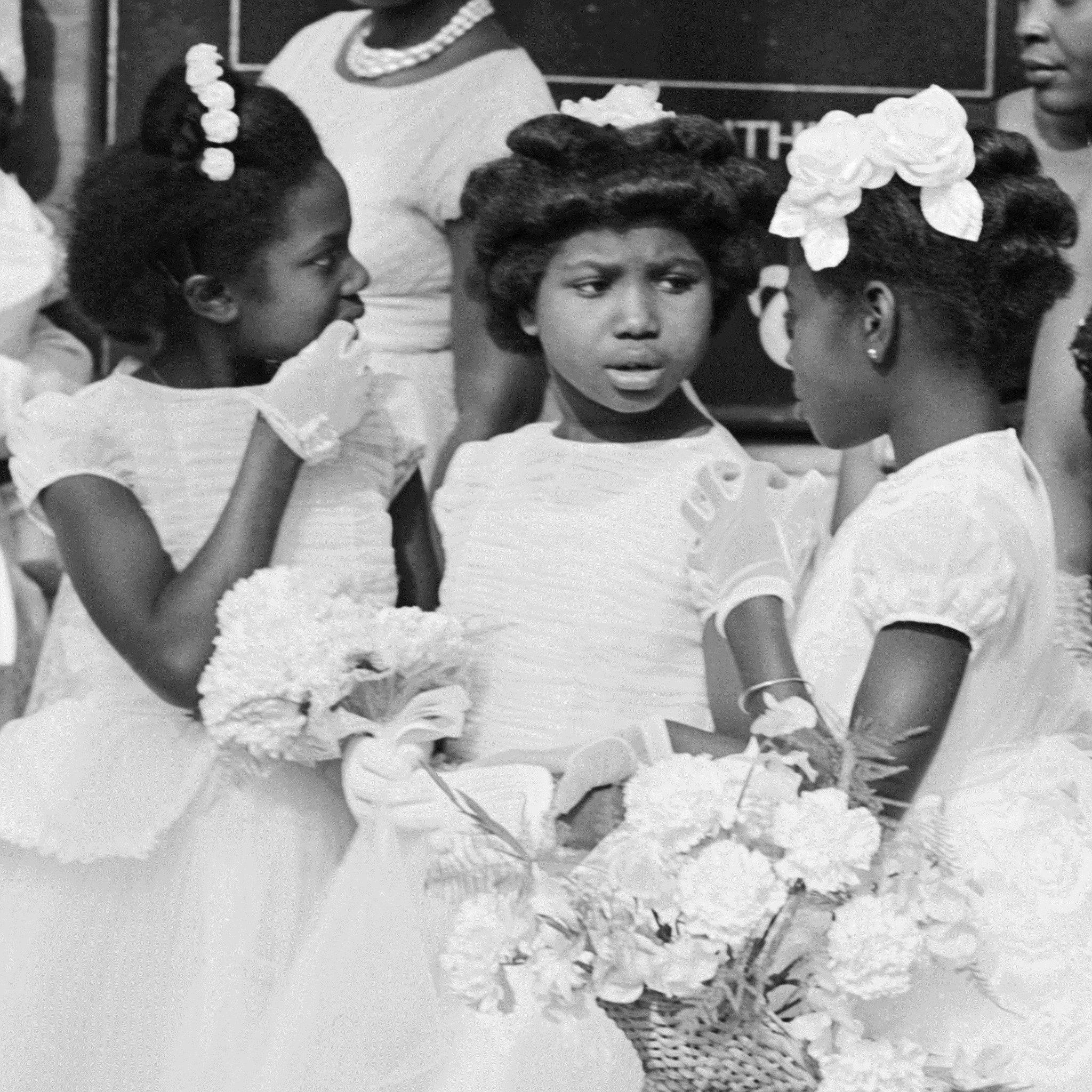
Three young girls chatting outside a Methodist chapel, 1950-59
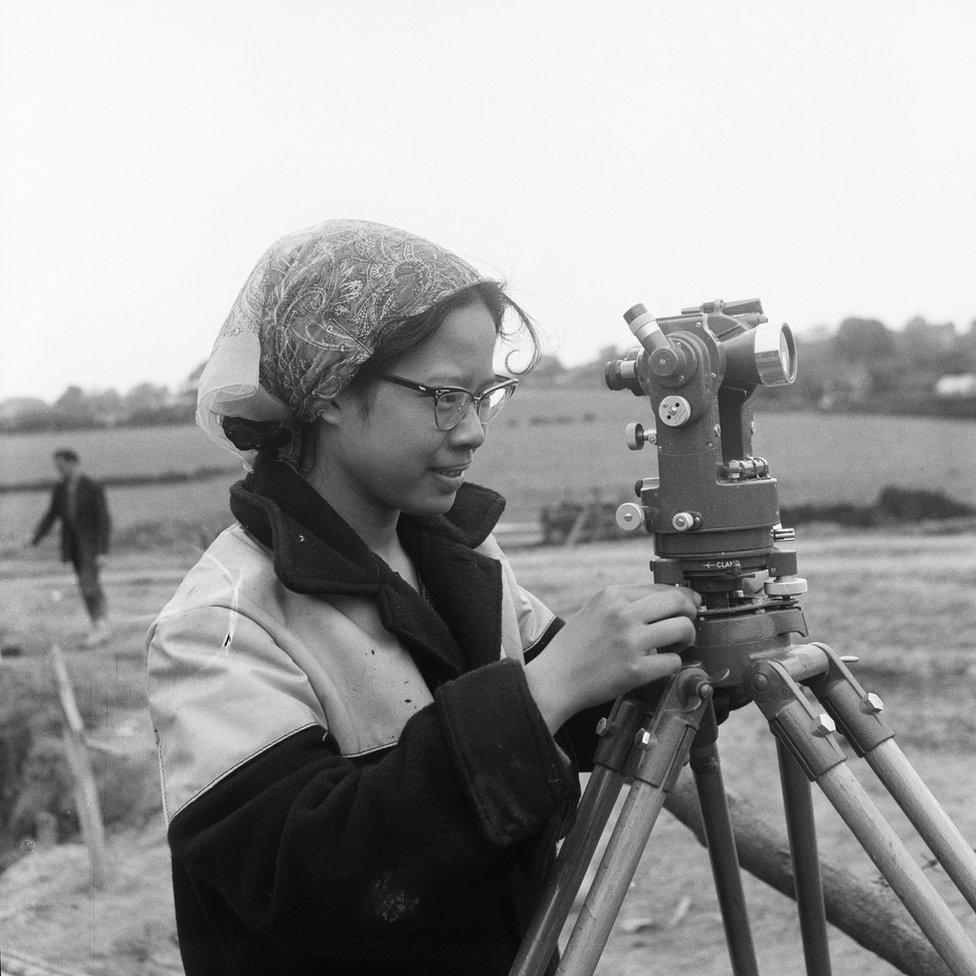
Kik Hong Ong was the first woman to be employed as a civil engineer by John Laing & Son Ltd.
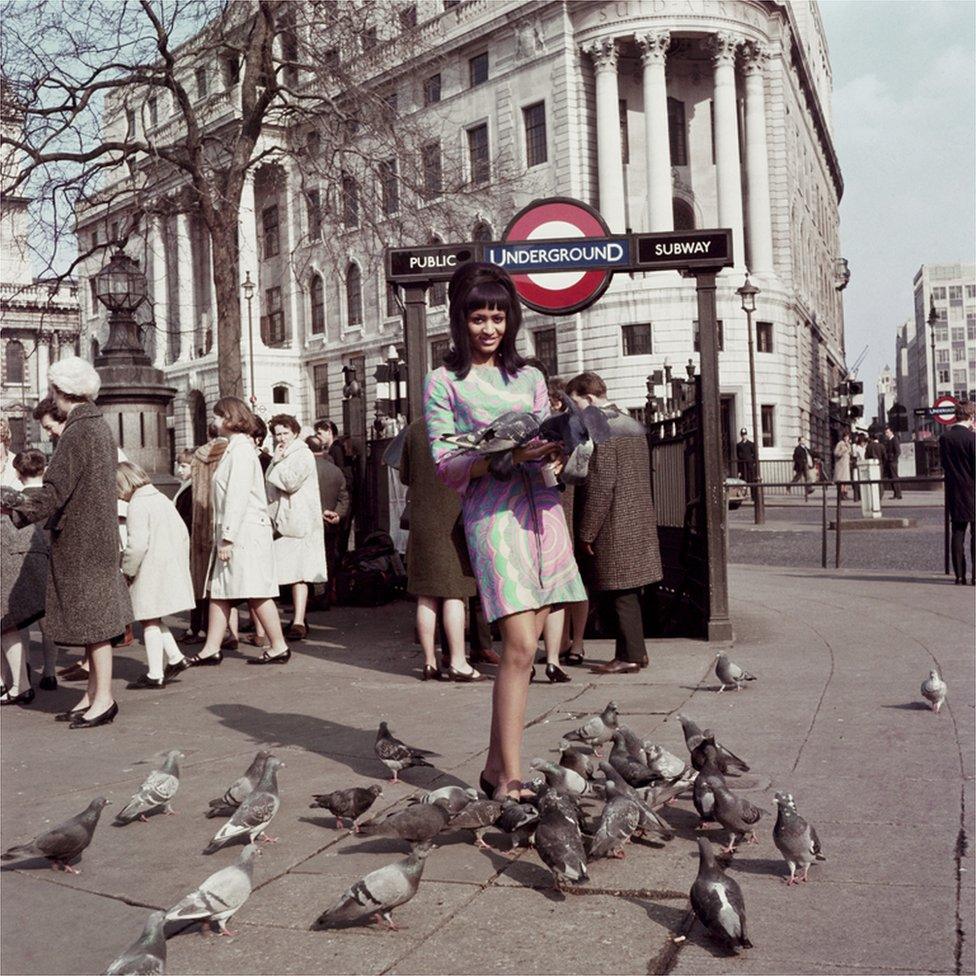
Marie Hallowi near Charing Cross Station, London. 1966
Individuals, families and communities can upload their photographs and histories on to a digital map via www.anotherengland.co.uk, external
The project will travel across the country, running regional workshops in Birmingham, Bristol, Leeds, Liverpool, London, Manchester, and Newcastle to raise awareness of Another England and to support people to get involved.
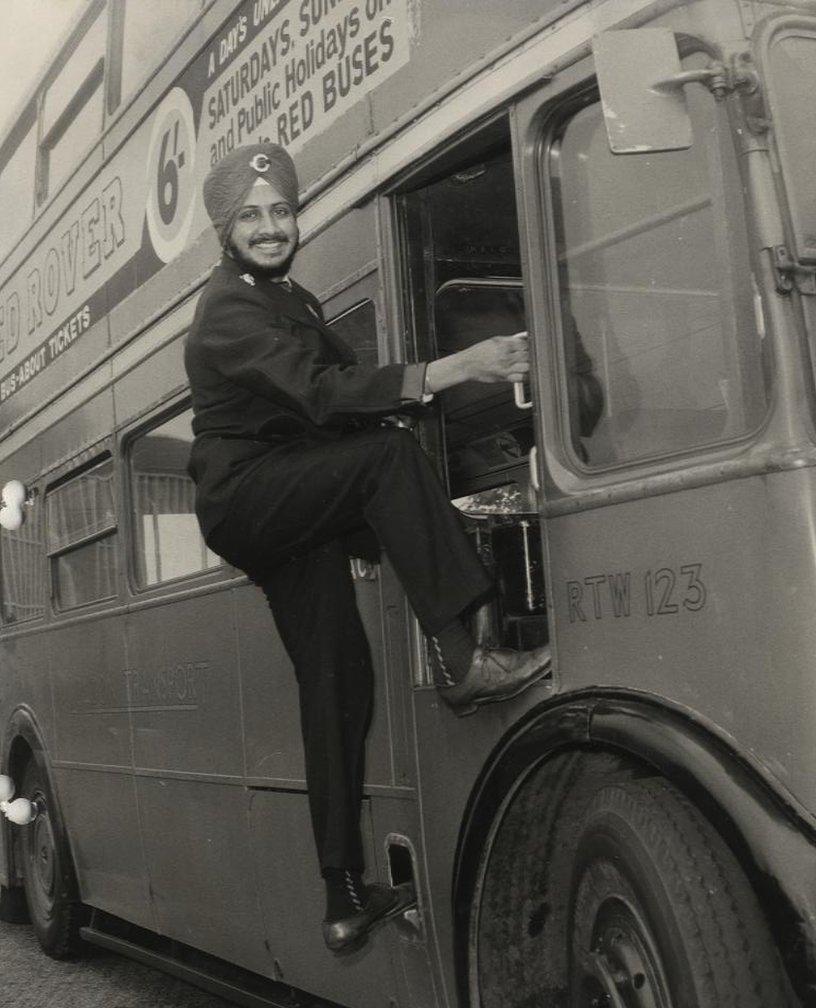
A Sikh employee displays his right to wear a turban, which London Buses had allowed in light of an increasing number of Sikhs working for the organisation.
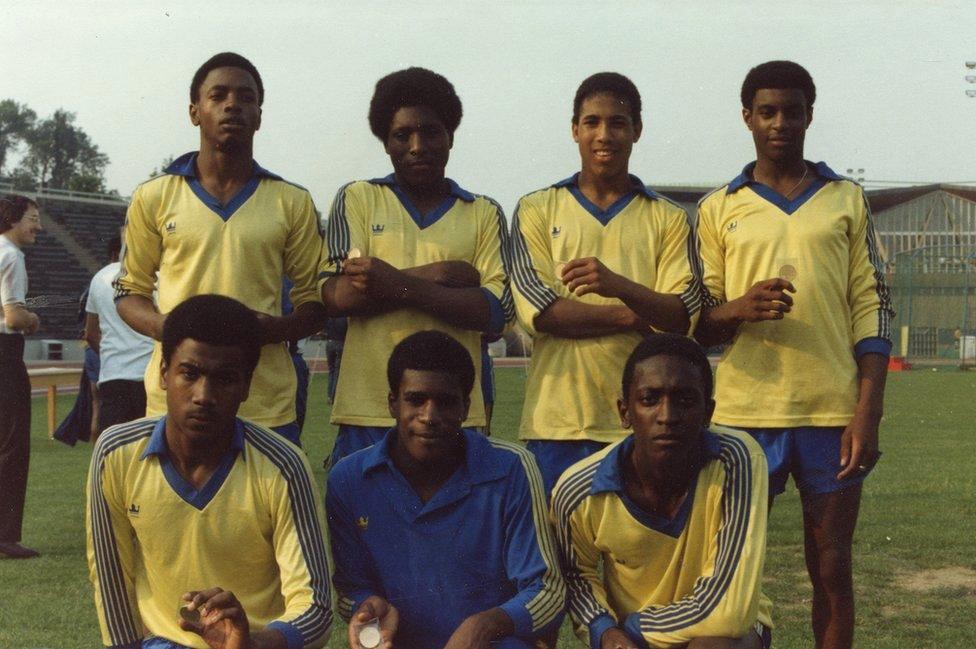
The Stowe Club for Boys football team won the under-17 British championship in 1980. Captain John Barnes (back row, second right) went on to play professionally for Watford, Liverpool and England. The club, founded in November 1927, acquired its first regular premises at 62 Carlisle Street (later Penfold Street) in London. The building was on the site of a disused public house called The Pineapple. This connection caused the Club to be known as the Pineapple Club. In 1967, the club moved to purpose-built premises on the Harrow Road.
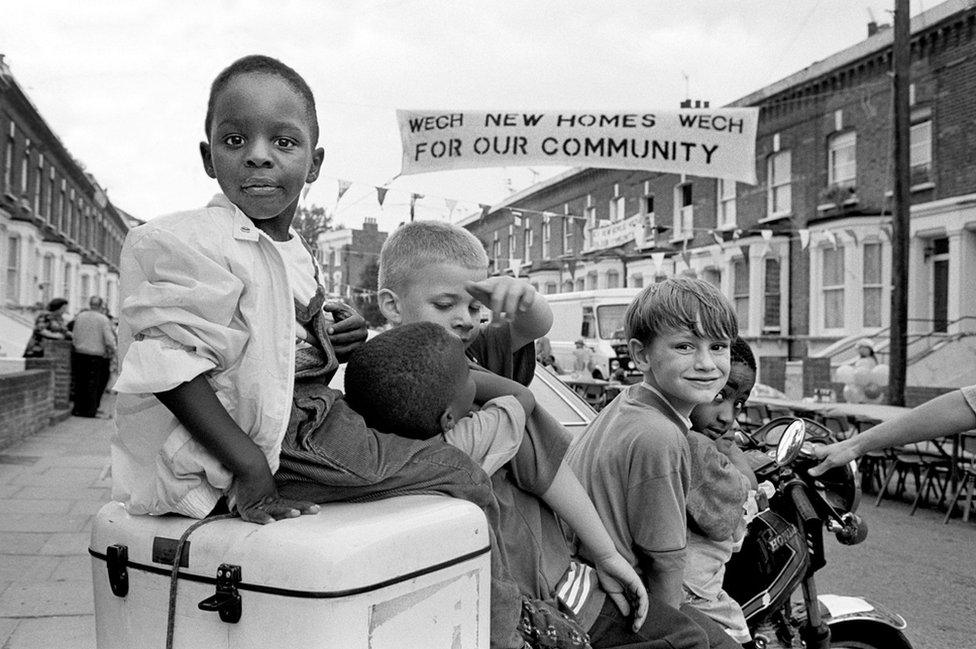
This picture was taken during a street party organised by Walterton and Elgin Community Homes to celebrate the first house refurbished by the resident controlled housing association, which took over the estate from Westminster Council.
All photographs courtesy Historic England